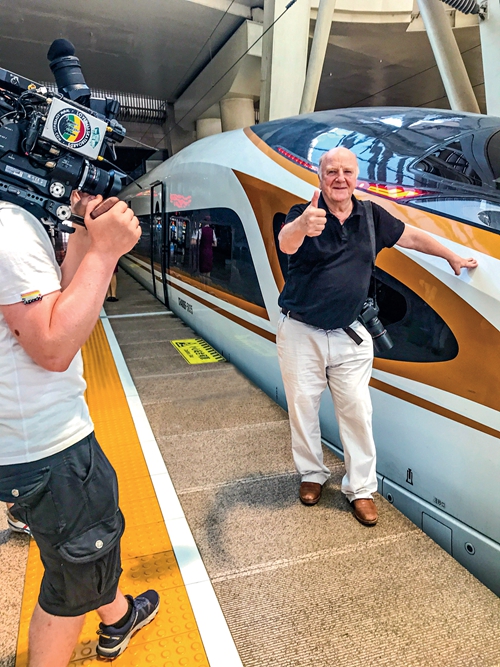
Bruce Connolly, a photographer from the United Kingdom, has been living in China for 35 years. He has traveled across much of China, and he has photographed the country through its incredible changes over the past few decades. In this article, he writes about his 35-year journey of discovery across China, and about his passion for the country.
"A picture or photograph can be worth 1,000 words" — a popular phrase to express the value of a well-taken image, one that records a moment in time caught through the lens. Today, looking through my extensive archive, I think back to the China I first experienced in 1987. A country, indeed society, so different from today.
Railway travel has been a lifetime passion, to head slowly by train across a landscape can be like watching pages of a book opening in front of our eyes. It is now 35 years since I headed off from Scotland, my homeland; the destination, Hong Kong. That journey, which took three weeks, proved an opportunity to watch Europe gradually transform into Asia. However, it also showed me how little I knew of the countries along the route, particularly China.
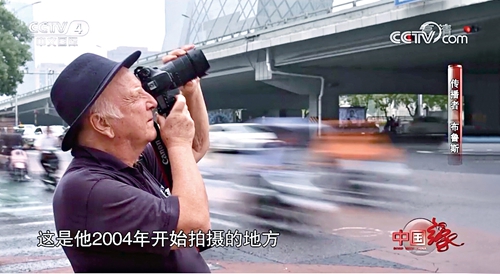
China was a relatively unknown land, it featured little in my education. I had only a few mental images, such as the Great Wall, Temple of Heaven and Hong Kong's Victoria Harbor. What I would see and experience was so different to anything I could have imagined. To say it was fascinating would be an understatement. Indeed, sometimes I refer to my early China travels as more of an "adventure" than what is experienced today.
Crossing the border from Mongolia, the first words I heard were from a fellow passenger, who shook my hand while saying, "Welcome to China!" Spontaneous friendship happened on that train! Many hours later, after passing through the Great Wall at Badaling Pass, and pulling into Beijing Railway Station, a large platform sign proclaimed "Welcome to Beijing."
The city was in many ways so different from today, although the grand, classical buildings were, and still are, magnificent structures. A steady flow of bicycles were moving along the streets, as though in harmony; yet, it felt so quiet. Technology, such as public transportation, appeared at a more intermediate level. There were very few tall buildings, people shopped at outdoor markets, and the city became quiet by 9 pm. My photography is but a small reminder of Beijing at that period in time.
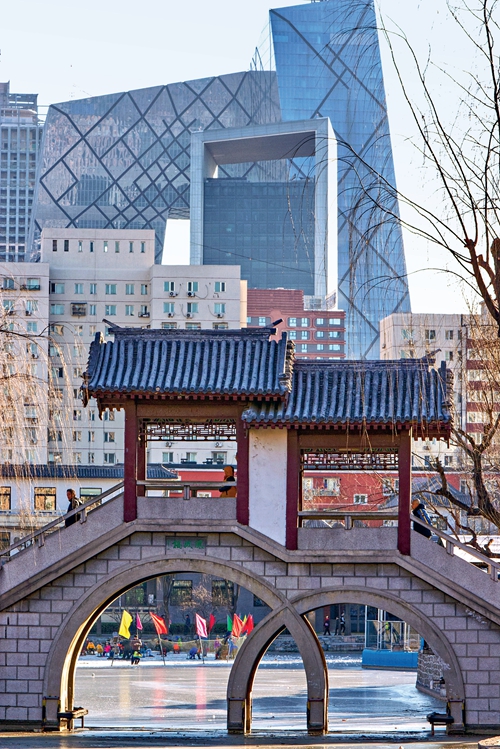
Continuing south by train, it was then two days of travel to Guangzhou. From my compartment window, I watched a geographical transformation, from a much-drier north to a more-humid south. The land increasingly became intensively cultivated. Rice fields, many small villages, buffaloes pulling simple wooden ploughs; for me, a journey of a lifetime.
Guangzhou, with its narrow streets, felt much more crowded than Beijing. Yet, there was a vibrancy of commerce, of trade, of business, much related to its position on the Pearl River (Zhujiang). However, shortly after leaving the city, I started realizing China was changing. Just before Hong Kong, the train slowed down to pass through an incredibly modern urban scene compared with anywhere I had encountered elsewhere in China. It was Shenzhen, the country's leading Special Economic Zone, and the heart of the recently launched policies of "Reform and Opening-Up." That, to me, was a clear signal of a transformation underway that would ultimately lead China into the modern era of today.
After returning to Scotland, China remained a passion. Many people wanted to see my photographs. At every opportunity, I read extensively about the country. My desire to return grew stronger, until, in 1992, I was back in Hong Kong, ready to return by train to Guangzhou. On a year's secondment from Scotland, I would be based at Guangdong Foreign Languages Normal School.
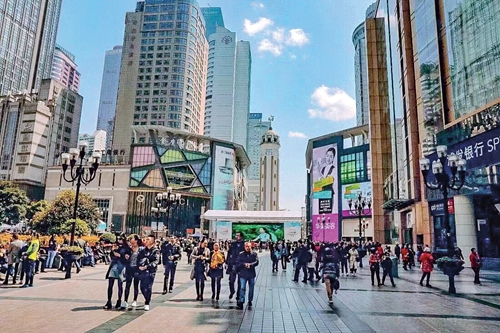
My time in Guangzhou provided many unforgettable moments. The city had changed much since 1987; it, and the Pearl River Delta, was undergoing rapid development. There was a tremendous work ethic at that time. I would ask my students why they worked so hard? "If we work hard, we will succeed. If we are successful, that will help with China's future success." That prophecy has been fulfilled.
With my camera, I recorded much about the transformation happening there at that time. However, it would not be just in Guangzhou. At every opportunity, I travelled to some fascinating — indeed, remoter — parts of Guangdong; mountainous northern areas, home to the Yao ethnic nationality; to farming villages, around Tai Mountain, and to nearby coastal islands; and, by riverboat, to scenic Guangxi. On Hainan Island, I would stay there for three weeks during the 1993 Spring Festival. Sanya, today a leading tourism destination, was then still a fishing port, its beach deserted. The island's interior, around Wuzhishan Mountain, where tropical forests were interspersed with Li and Miao traditional villages, proved a traveler's dream!
Increasingly, I felt compelled to travel throughout the country, documenting it before the inevitable transformation into today's modernity. I reached areas that even in the mid-1990s were remote, such as Yunnan's Lijiang and Shangri-La. They were simply breathtaking in their beauty, and, at that time, they gave the feeling of being in another era. Another epic experience was six days by boat along the Yangtze River. Later, a series of lengthy rail journeys took me from Beijing out west to Xinjiang, eventually reaching spectacular Lake of Heaven high in the Tianshan Mountains. Shanghai? I watched its transition from a bustling river port, in the 1990s, to its incredible, instantly recognizable skyline of today.
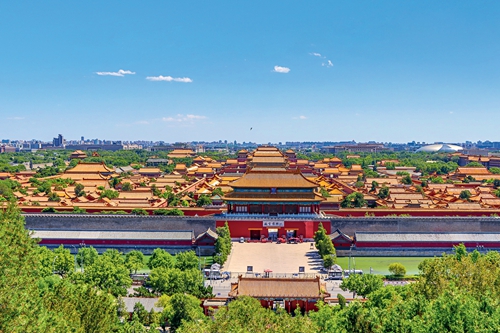
Then, in 2000, a dream was fulfilled, when I finally reached Tibet, for two weeks of travelling across the "Roof of the World."
Since then, my travels have continued to both rarely visited, but really interesting, parts of China, along with major cities. Tianjin, for example, has really caught my attention in recent years. High-speed rail, with a journey only 30 minutes from Beijing, has facilitated frequent visits. A city whose pseudoclassical, European-style architecture is a reflection indeed of China's often-troubled relationships with Western countries during the 19th and early 20th centuries. Today, many tourists, and of course, photographers, are attracted by the city's elegance, ironically a heritage of that earlier historic period.
Beijing has played a major role in my story of China. With an academic background in historic geography, I realized there was something particularly special about the city. In 1994, it was my starting point for onward travel to Sichuan. My hotel was located within a hutong near the Lama Temple, an area providing golden opportunities to discover something of "Old Beijing." Later, I lived in a traditional quadrangle courtyard, within another hutong near the Drum and Bell Towers. Simply walking around the alleys felt like opening the pages of a history book, going back through several dynasties. Around me, there was so much of the city's long-established traditional lifestyles. This was a time when I began understanding the urban pattern of Beijing, particularly its relationship to a Central Axis, around which the Forbidden City had been laid out in harmony.
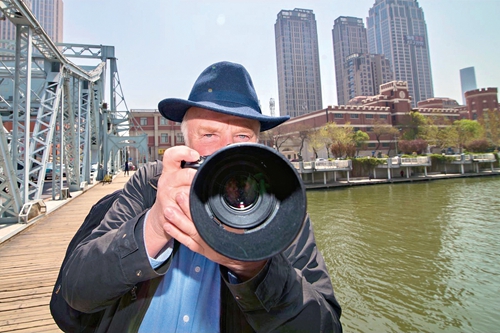
This increasing fascination with Beijing led to my growing media involvement. I was invited to contribute articles and photographs about the city to monthly publications, such as Beijing This Month. A major opportunity arose in 2004, with Radio Beijing, where for 12 years I had produced a daily feature that introduced the city and its people.
My photography was featured in exhibitions, and in publications in both domestic and international media, such as China Daily and CCTV (China Central Television).
Beijing has remained a passion. To have witnessed and documented both China's and Beijing's transformation over 35 years has been an experience few others have had. I am still out regularly with my camera, walking around areas first visited many years ago. However, I have become very interested in the construction and evolution of the city's CBD, particularly its futuristic architecture and increasingly vibrant lifestyle. Infrastructure, such as world-leading Daxing International Airport, and the expansion of Beijing's metro into one of the world's largest and most-advanced are contemporary fascinations for me. The evolution of today's modern railway stations has created a level of travel experience unimaginable during my earlier days in China. However, I still retain a deep interest in, and passion for, the older areas of Beijing. Much of the intrinsic charm of the city can still be found, whether in the hutong, around Shichahai's lakes, or going to the city's parks, where people gather for morning exercises or evening dancing.
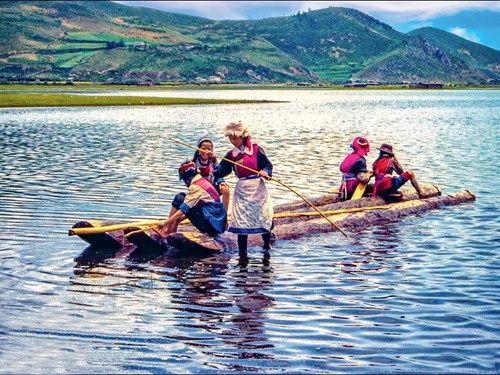
In my 35-year photography archive, often I am looking at some of the images and find myself mentally transported back in time. Today, of course, I no longer have to open heavy photo albums. Instead, I can be out in a park or in a cafe and scan through collections on my iPad — a reflection, again, on how much has changed, affecting the daily lives of all living today in China. Then, I look at those photographs of contemporary Beijing, and I think of the transformations I have seen; something that probably no other country has gone through, on such a scale.
It has been an incredible privilege to have witnessed and photographed China over these many years. It is also important to share the images and experiences of China's development from a land of intermediate technology into the high-tech of today.
Photos Supplied by Bruce Connolly
(Women of China English Monthly November 2022 issue)